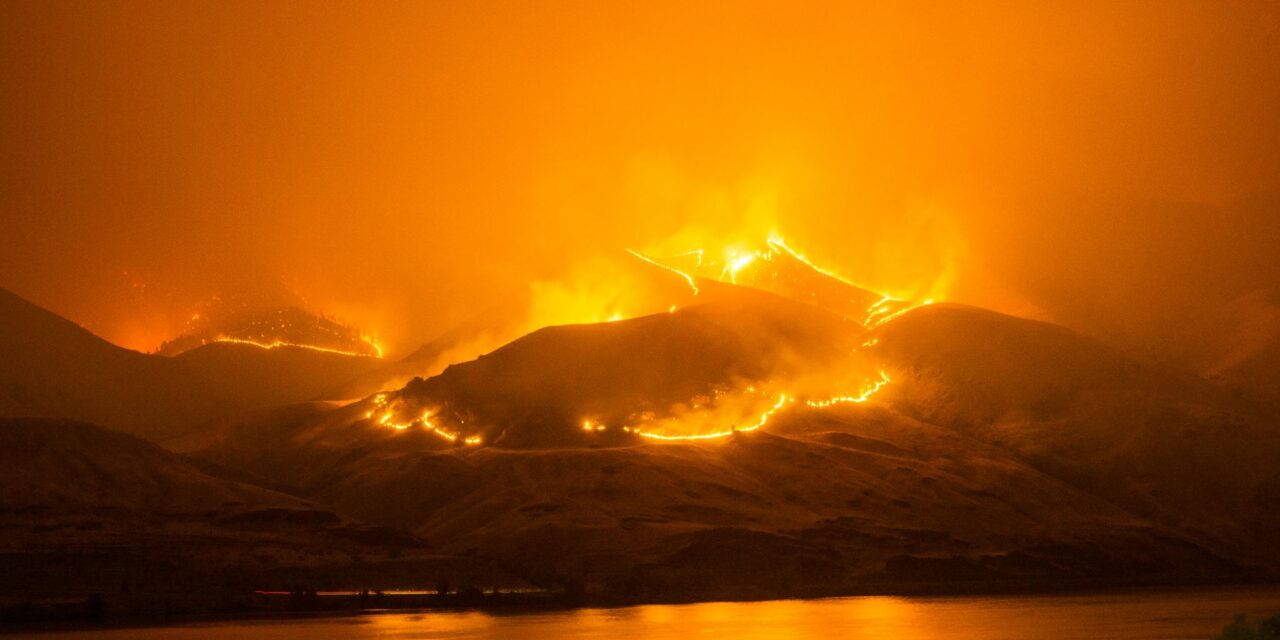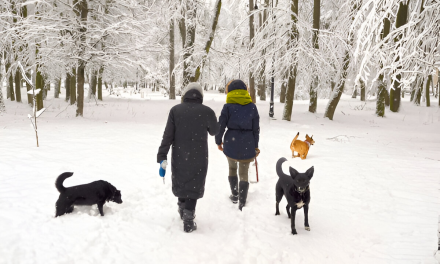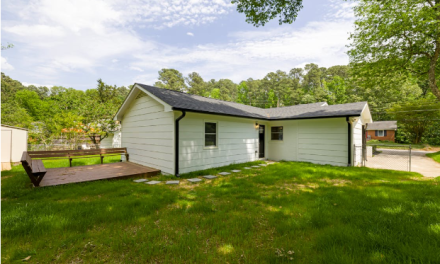A fast-moving wildfire burning near Cameron Lake on Vancouver Island has led to urgent evacuation orders in the surrounding area. Fire crews and emergency personnel are working around the clock to contain the blaze, which broke out early Thursday morning on the north side of the lake.
Despite the fire’s proximity to key infrastructure, including Highway 4—a vital corridor connecting Parksville to Port Alberni—the road remains open at this time. However, the situation remains fluid, and authorities are urging caution for all motorists traveling through the area.
Location and Fire Overview
The fire, known officially as the Wesley Ridge wildfire, is located on the north shore of Cameron Lake, near Little Qualicum Falls Provincial Park. Initial reports indicate the fire is human-caused, though the specific origin is still under investigation.
As of the latest updates, the fire has grown to approximately 60 hectares and continues to burn in steep, rocky terrain. Firefighters face significant challenges accessing parts of the blaze on foot due to the rugged landscape.
Evacuation Orders and Local Emergency Response
The Regional District of Nanaimo has issued evacuation orders for residents in the Chalet Road area and nearby forested zones adjacent to the fire. The district has also declared a local state of emergency to mobilize resources more effectively and coordinate with provincial authorities.
Evacuation notices were delivered directly to residents early Thursday morning. Those affected were asked to leave immediately, bringing essential items only, such as medications, identification, pets, and important documents.
A reception center has been established for evacuees, and emergency social services are on standby to provide shelter and support. Authorities stress that these evacuation orders are precautionary but necessary, given the fire’s unpredictability and potential for rapid spread.
Highway 4 Status: Still Open for Travel
Despite the fire’s proximity to Highway 4, the main transportation route connecting central Vancouver Island communities, the highway remains open for the time being.
Emergency responders and the BC Wildfire Service have advised motorists to proceed with extreme caution when traveling through the Cameron Lake corridor. Drivers are being asked not to stop, linger, or photograph the fire, as unnecessary slowing or pulled-over vehicles can impede the movement of firefighting crews and emergency vehicles.
Traffic control personnel have been stationed along key points of the highway to monitor safety and ensure smooth traffic flow. Roadside pullouts near Cameron Lake are temporarily closed or discouraged from use to reduce congestion and enhance fire crew access.
Fire Suppression Efforts Underway
The BC Wildfire Service has mobilized a full response, including ground crews, helicopters, and air tankers. At least five helicopters and more than 40 personnel have been assigned to the Cameron Lake fire. They are working in coordination with local fire departments from Coombs, Dashwood, and surrounding areas.
The fire is burning in a challenging location where steep ridges and dense vegetation make access difficult. Aerial suppression plays a critical role, particularly in the early containment phase. Ground crews are working to establish control lines and prevent the fire from advancing toward populated areas or crossing the lake.
The main goal is to prevent the fire from jumping the lake and threatening Highway 4 directly. Weather conditions, wind direction, and fuel availability will continue to impact suppression efforts over the coming days.
Emergency Preparedness and Community Impact
Authorities are urging residents throughout the region to stay alert, be prepared for additional evacuation orders, and register for emergency notifications. Smoke from the fire is affecting air quality in nearby communities, including Parksville and Qualicum Beach.
Businesses, travelers, and residents who depend on Highway 4 for daily transportation are advised to have contingency plans in place in case the highway is closed in the coming days. While the road is currently safe for travel, the situation could change quickly depending on wind patterns and fire behavior.
For now, infrastructure such as power lines, communication towers, and transportation routes are not directly threatened. However, emergency planners are working to safeguard essential services should the fire shift direction.
Background: Highway 4 and Wildfire History
This is not the first time wildfire activity has disrupted the Cameron Lake corridor. In 2023, a separate wildfire near Cameron Bluffs resulted in a two-week full closure of Highway 4. Detours during that time required long drives on forest service roads, adding hours to travel times and creating logistical challenges for commercial and emergency vehicles.
In response to those events, new wildfire protection measures and closure gates have been installed along Highway 4. These improvements aim to minimize risk and provide better traffic control should similar closures become necessary in the future.
This history adds urgency to the current firefighting response, as both residents and officials understand the importance of protecting the highway and minimizing disruption.
What You Should Do
If you live or travel near Cameron Lake or Highway 4, here’s what you should do:
- Follow all evacuation orders immediately. Do not delay if told to leave.
- Avoid non-essential travel on Highway 4. If travel is required, drive with caution and obey all signage and personnel instructions.
- Monitor local news and official emergency channels for updates on fire status and road conditions.
- Prepare a go-bag with essential items in case of evacuation.
- Reduce exposure to smoke by staying indoors, using air purifiers, and avoiding outdoor exercise if you’re in an affected area.
Conclusion
The Cameron Lake wildfire is a fast-developing situation that poses real challenges for residents, emergency crews, and travelers alike. While Highway 4 remains open, the potential for closure cannot be ruled out. Fire crews are working tirelessly to contain the blaze, and evacuation efforts are being taken seriously to protect lives and property.
As the fire evolves, staying informed and prepared will be key. Community cooperation, responsible travel, and timely evacuation can make a significant difference in ensuring everyone’s safety during this wildfire emergency.











